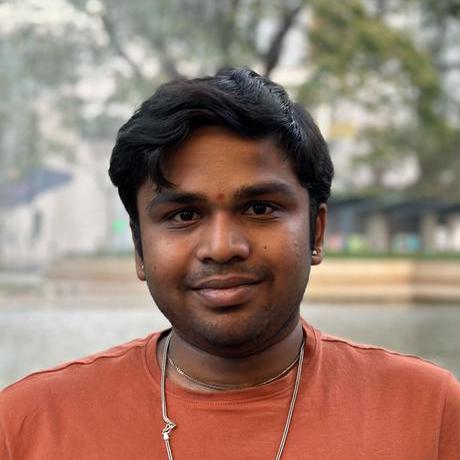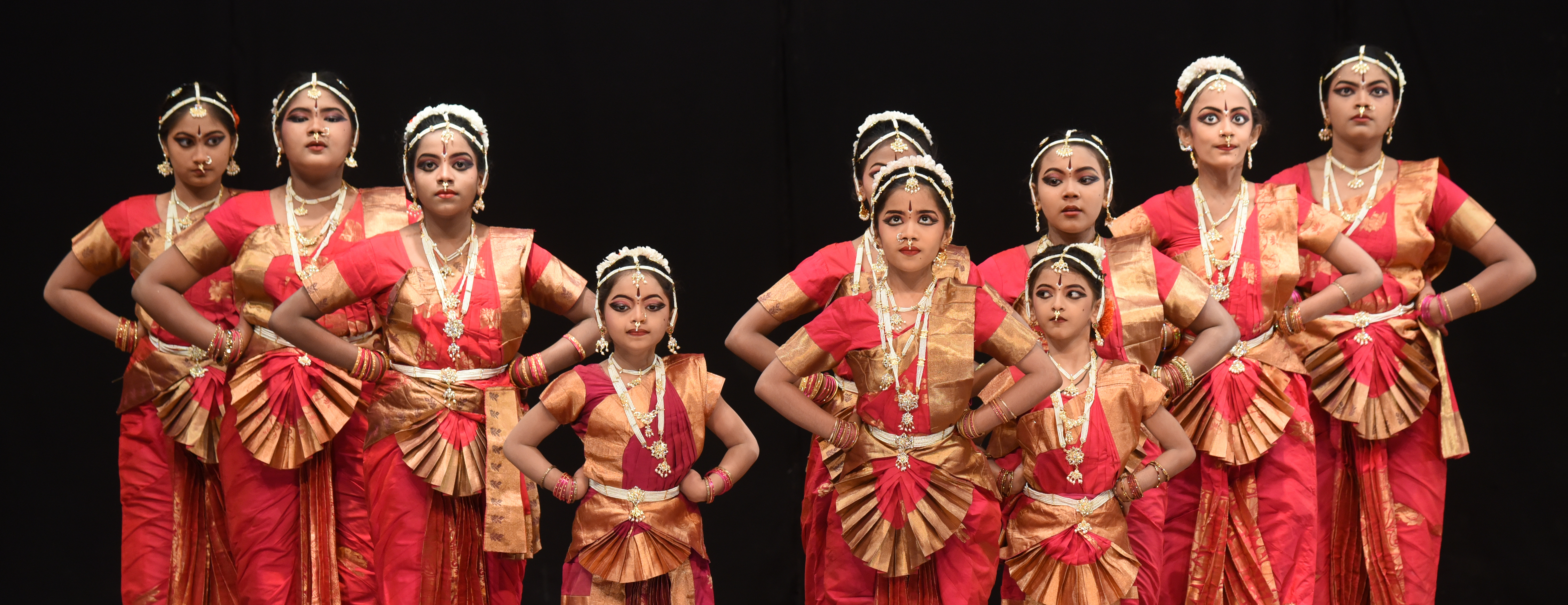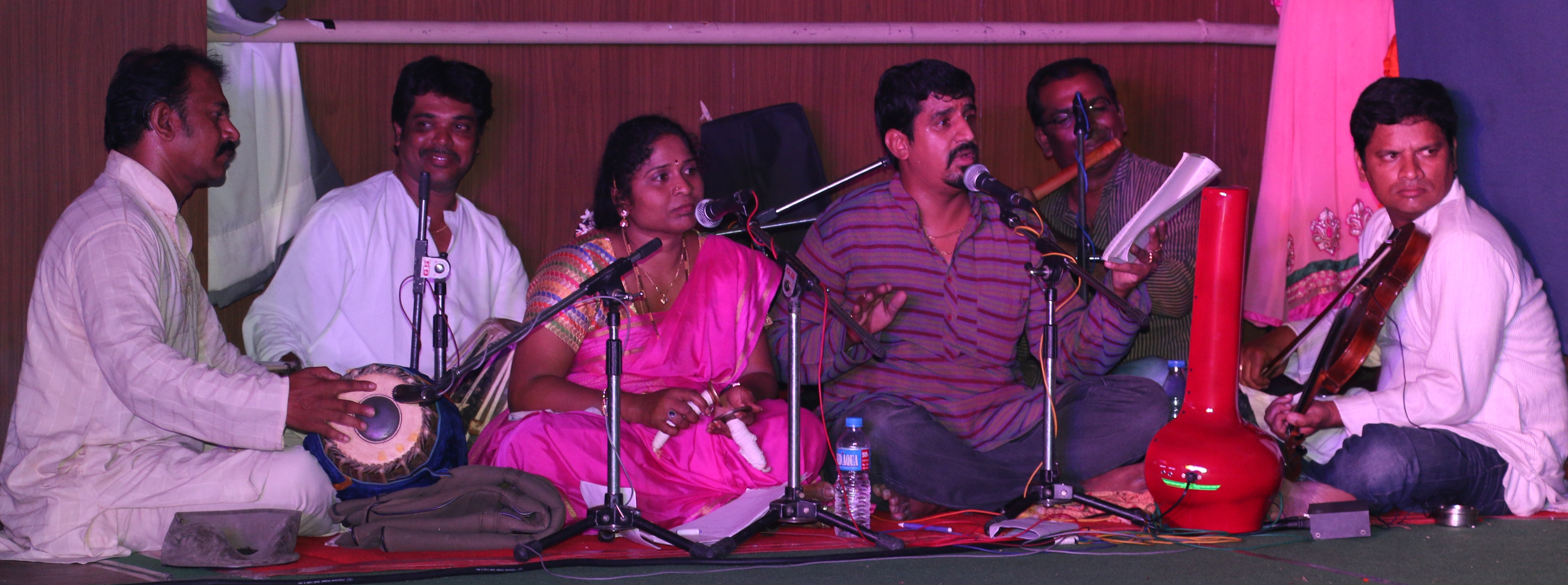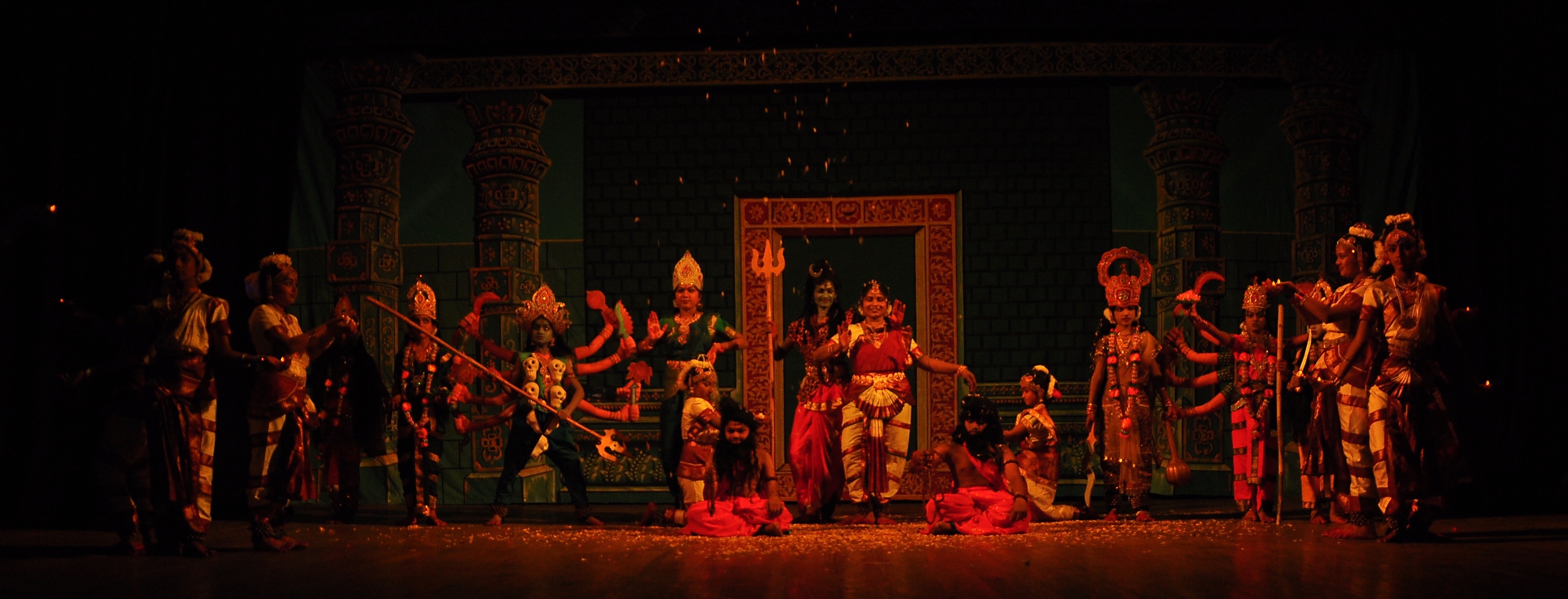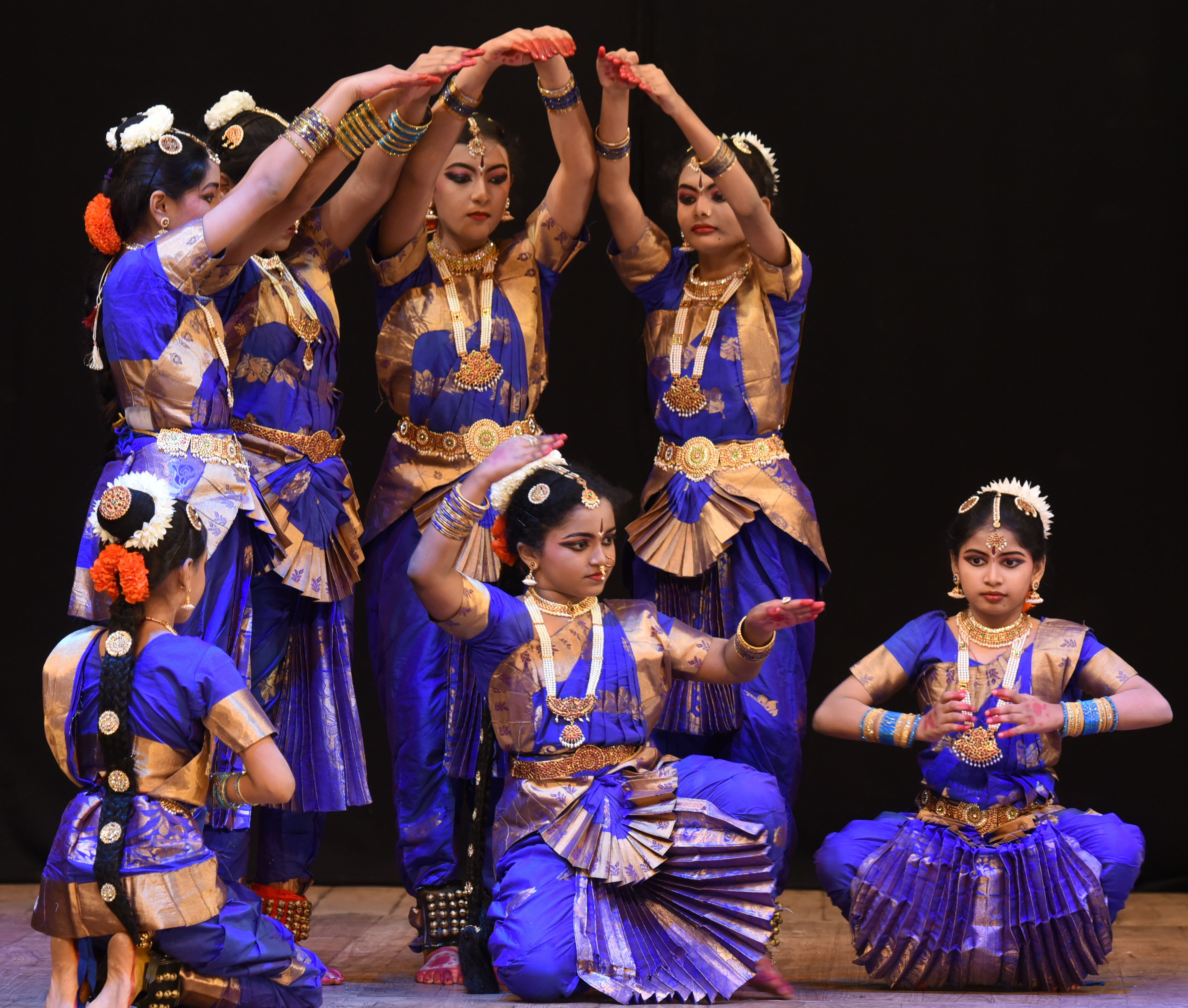How is a Bharatanatyam Dance Program organized? This blog answers the question in detail.
Bharatanatyam: It is a traditional Indian Classical Dance form under Carnatic Classical Music (one out of two Indian Music types). This dance form originated from the region of Tamil Nadu.
Bharatanatyam Dance Program: An event which includes Bharatanatyam performance in the name of God, dedicated to God (Archana/Worship to the Lord) is a Bharatanatyam Dance Program.
Pre-Planning
Before the actual planning, there are a few things to consider. This phase reduces the chances of any problems/obstacles during the later stages.
Theme
Based on a Theme, starts the entire program from titling to choreography to the actual performance. It acts as the centre of the whole event. The event doesn't need to have a theme, but having so gives purpose to the event.
Venue
Choosing it plays a crucial role in the dance choreography. Different venues have different shapes or sizes. They sometimes either restrict the place to perform or leave a lot of space during the performance. Knowing them properly before choreography brings the most out of it. Apart from knowing them, booking them in before the day of the program also matters.
Planning
In this phase starts the theme-based pre-work. Planning out every aspect depending on how big or small the event can be.
Audio
What songs to choose for the program? Will it be a recorded or a live orchestra? Answering these questions can be done in this phase.
There can be two ways in the selection of audio.
- Already present - Choose from the songs which are already present (with copyright permissions).
- New - For the theme selected, script whole new songs.
If the second option is selected, then hire a scripter to write songs, then record them. Most prefer recording the new songs so that they will remain for a long time.
Either way, during the program, it is either have a recorded song or a live orchestra.
Scripting and Recording (if choosen)
Scripting is most preferred if the program is on a big scale and a novel ideology implemented. Scripting helps in the complete customization of the songs/drama. After the script is ready, it needs a music director to give a proper shape to it. Recording it completes the songs for the program.
Sponsor
If the theme of a program is something unique or done on a big scale, the organization themselves can't afford the entire cost of the event. Asking for sponsorship can help in achieving the desired output. It isn't wrong in asking for a sponsor when there is a real need.
Preparation
The time of this phase is the maximum of all the rest. It is also the phase that decides the outcome of the program. We can split this phase into two parallel phases.
- Front end - Preparation of the dancers/performers.
- Back end - Preparation which happens behind the screens.
I choose these names because I am a technical person. They almost suit the context here.
Front end (On Screen)
This phase contains all the preparation that will be visible On-Stage (On Screen). It mainly focuses on the dancers/presenters.
Dance Choreography
A Dance Choreography needs the Choreographer to shape the dance sequences/steps (here in Bharatanatyam) within the given theme. It will mostly be the dance teacher of the organization conducting the event. Choreography is the first step before further proceeding and is the centre for the visual output of the program.
During dance choreography, there are many things to consider. These include the venue of the program, number of students, their height (personality), songs/audio, costumes, make-up, props, backdrops, visual effects, etc.
Dance Practice
"Practice makes a man perfect."
It is applicable everywhere, which includes the practice of a performer. The longer the practice time, the better the performance (preferably at least one month before the program). Based on the dancers' availability, they need to have many practice sessions within less time. This phase also acts as a place for the choreography or dancer role changes (or any other).
Dance Rehearsal
After the intense practice, the performers need to adjust to both the audio and the venue. It requires a "stage rehearsal" and an "orchestra rehearsal" (if live orchestra). Orchestra rehearsals are done many times in between until the performers adjust. Stage rehearsal can be simulated in a place similar to the venue or done directly in the program venue. A small practice is better for the dancers to implement their shortcomings from the dance rehearsal, making them ready for the performance.
Back end (Behind Screen)
This phase contains all the preparation that is not visible during the program. It runs parallel to front end tasks. It starts after the whole performance takes shape where there can be a visualization of the complete program (near before rehearsal). There is no proper sequence for the following.
Stage Settings
It helps in the output of the program. It includes the backdrops required, visual effects (fog, clouds, rain), lighting, sound (speakers), etc. All of these are to adjust based on one's needs depending on the program. The venue provides a few things from above. But, utilizing them or hiring others is decided based on the output of the program. This phase contains choosing and hiring the above needed.
Costumes and Make-up
Costumes and Make-up are chosen and selected to show the properness of the performer role. Costumes can either be rented or stiched (new). Hiring a Make-up person(s) to make the performers close to their performing roles gives a better look than self make-up. Getting costumes and make-up also include the props needed for the performs.
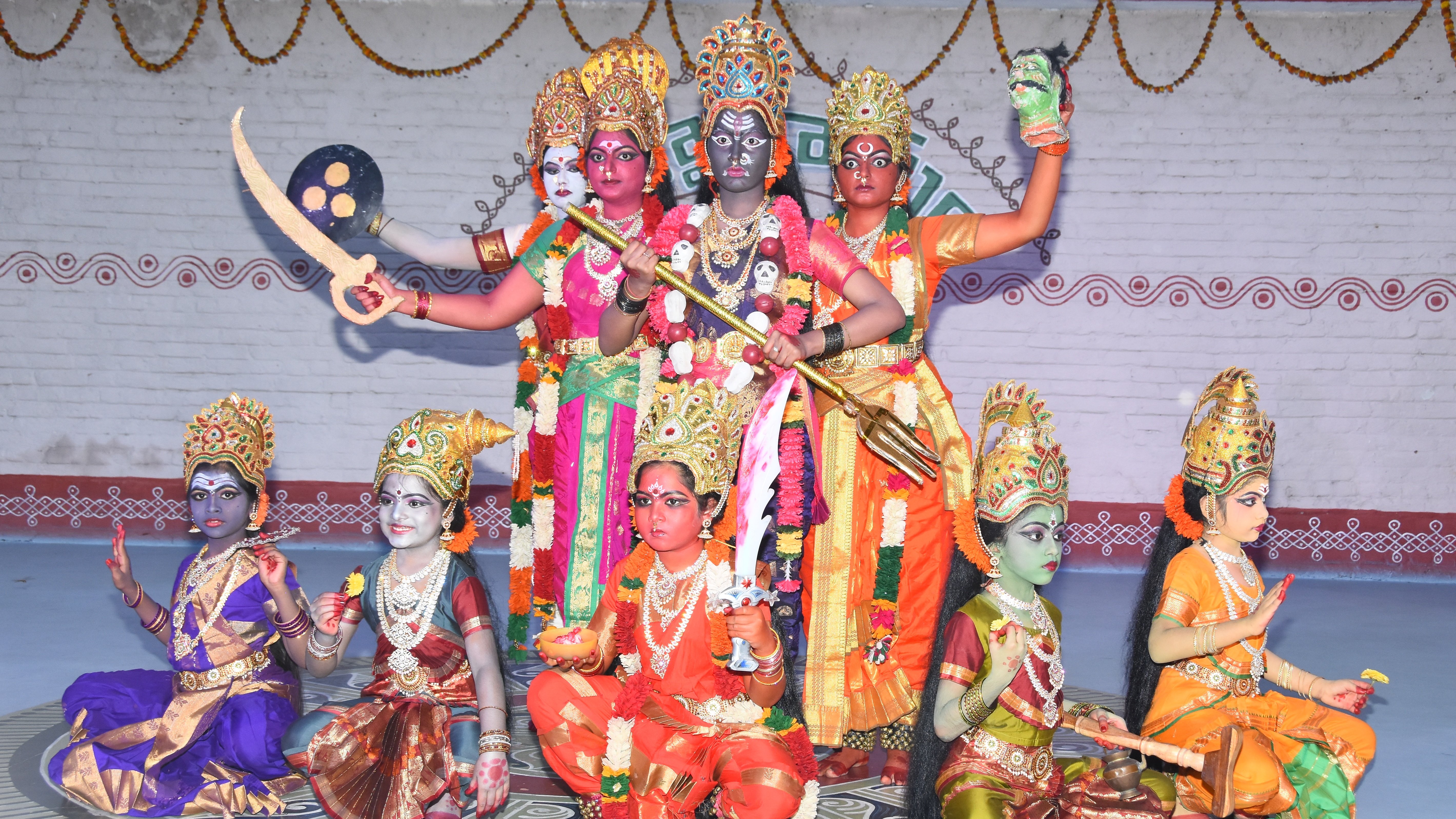
Guests
This phase includes inviting guests to visit the program, enjoy it and talk a few words regarding the program. Guests are of high status who have achieved something great. They are to give blessings to the performers. Include various musical Guru's as guests will inspire the performers to achieve more. Performers will feel happy, great and inspired when they receive momentoes from the guests.
Invitation
Making an invitation is crucial for others to know about the event. This phase includes inviting others to the event through invitation cards (physical/virtual), banners, web pages, etc. It also helps the performs cheer up to perform well.
Anchoring
Choose the anchor by either hiring an external anchor or arranging someone to host the event. They will be speaking about the program from the introduction to the conclusion. Preparing such that anchor conveys the event precisely can be considered as this phase.
Mementos
This phase contains arranging (ordering) the mementoes or other appreciations to performers, guests and others who have helped behind the screens. Awarding mementoes is to appreciate them with the effort they have made for the program. And also to keep them as a symbol of the event.
Photos and Videos
Hire (or arrange) a photographer and videographer in this phase. It helps keep the event as a copy (memory) for further reference. It also helps in sharing to the press & media or social media after the performance.
Performance
This phase is the day of the performance where all the above tasks merge and come to light. From the rise to the close of the curtain, the entire program is in the span of 2 or 3 hours. It marks the glory that has taken a lot of effort to organize such an event.
The things which are in this phase is not just the dance performance. It includes the following:
Pre Dance Performance
Before the dance performance includes the following:
- The performers get ready in their costumes along with make-up.
- Arrange food/snacks for the program to have enough stamina.
- Set the stage with all visual effects.
- Test the audio/visual output.
- Receive Guests.
- Welcome the audience.
During Dance Performance
During the dance performance includes the following: (behind)
- Arrange the performers in their order of entry/exit onto the stage.
- Provide guests with snacks or drinks.
- Change the audio/visual effects depending on the dance scenario.
- Change costumes/make-up for performers with many roles.
- Recording of photos and videos.
- Live stream the program (if possible).
- Provide details to press & media (whoever comes).
- Arrange for the momentoes and any other gifts while awarding.
Post Dance Performance
After the dance performance includes the following:
- To make sure all the participants, guests reach their respective places safely.
- To collect the photos and videos from Cameramen.
- To share the pictures, content to the press & media for press coverage.
- To share highlights of the program on social media.
Concluding this starts planning and preparation for the next program. 😏
Conclusion
The blog is not just for Bharatanatyam but will also be similar in other programs. It intends to convey the effort taken and recognize such programs, also is for people to realize the tasks before organizing a program and have a proper checklist. The whole blog might not cover all the aspects but include major things done while organizing a program. All the above provided might somewhat look small in writing but takes a lot of effort behind.
Note: All the pictures and the content are owned by Radha Nrutya Nilayam.
